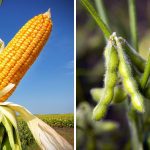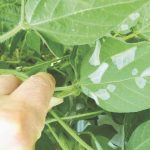Before we all get much farther into this book, it needs to be said: Folks, we’re not trying to bright-side climate change here. It’s far beyond dispute that Earth’s climate is changing — in part due to natural factors over time such as changes in the sun’s radiation and the occasional volcano, but mainly due […] Read more













